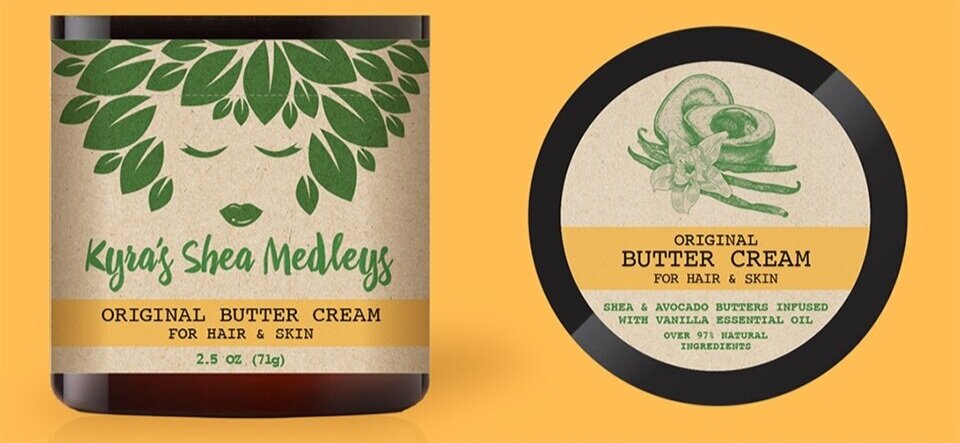Brand Authenticity – Earn and Keep The Trust Of Your Consumers
It is often said that consumers are placing greater importance on authenticity when choosing which brands to support. Although there is still much discussion of what it even means for brands to be authentic, there are clear implications on what this means in terms of positioning, packaging, and innovation. We believe that fostering brand authenticity goes beyond having a “clean label” and “organic” ingredients, and that it is about creating an atmosphere of trust and goodwill between a brand and its consumers. Below are some ways that we believe brands can achieve this:
Be truthful and transparent – Understandably, brands want to put their “best foot forward” and highlight those aspects of their product that help close the sale. But when brands stretch the truth, or even worse, break the law, they can lose all respect, credibility, and trust. Consumers are also becoming savvier and less afraid to ask the tough questions, and when brands are caught in a lie, many consumers may leave and never come back.
Embrace your brand’s heritage – As with any relationship, consumers often judge a brand’s authenticity based on its history. That is why when a brand behaves in a way that is inconsistent with its past, and too far removed from its established image, consumers often reject it as fake or “two-faced.” The best brand strategy and design often helps to reinforce a brand’s heritage, while demonstrating its relevance in the modern age.
As a 4th generation family business, Enstrom has mastered the craft of making world-class confections. Every batch of traditional almond toffee is still made by hand and with only the finest ingredients. So when Enstrom needed to refresh its brand strategy, identity, and packaging design, it chose to embrace its heritage rather than run away from it. The brand’s toffee heritage also helped it stretch to other types of confections, especially chocolate, broadening its appeal to a wider range of consumers and occasions.
Aim to tell a story – Human beings are wired to remember stories, and telling the right stories can help generate trust. Whether it is the choice of materials, shape, or graphic language, your design can also help your brand tell the right story, or at least provoke a conversation. For example, Kyra’s Shea Medleys, a startup beauty brand, was born when founder Kyra Nicole discovered that pure, unrefined Shea butter is one of the healthiest ingredients for natural hair and skin. Because all its ingredients are organic, natural, and ethically made, its packaging focuses on telling the brand’s compelling ingredient story: Kyra combines unrefined Shea Butter with other natural ingredients, such a raw butters, essential oils, carrier oils and botanical extracts to yield outstanding results.
Have a decisive point of view – An all too common mistake brands make is trying to be all things to all people, so they “water-down” their design to appease the masses. Consumers can see through that, and when a more focused competitor better connects with them, they are likely to leave. Instead of diluting your message, you should unapologetically aim to tailor your brand design to your target. Hillshire Farm’s Bold & Hearty lineup, for example, is specifically designed to delight those seeking bold flavor variety. The packaging doesn’t just speak about bold flavor – it shows it.
Be a leader, not a follower – The most authentic brands prefer to carve their own path instead of just reacting to competitors. This doesn’t mean that brands should ignore what their competitors are doing in the marketplace, but rather, that brands should be more attuned to their consumers’ desires and needs. It means giving consumers what they really want, before they are even able to ask for it themselves. A great example of this is Sargento Balanced Breaks®, a winner of the prestigious, 2017 Nielsen Breakthrough Innovation Award. Sargento was quick to recognize an increase in snacking among its target consumers, who were seeking an exciting and great tasting snacking experience, without the guilt. Their solution was to create a modern line of multi-component cheese snacks that delivered a balance between nutrition and taste experience, generating $153MM its first two years in-market.
Authenticity is not a fad, but rather an ongoing effort that brands must pursue every day. A brand’s positioning, packaging, and innovation play a crucial role in establishing credibility with your consumers, so they need to be managed carefully and diligently. Brands that do this are best positioned to win minds and hearts, along with market share.




